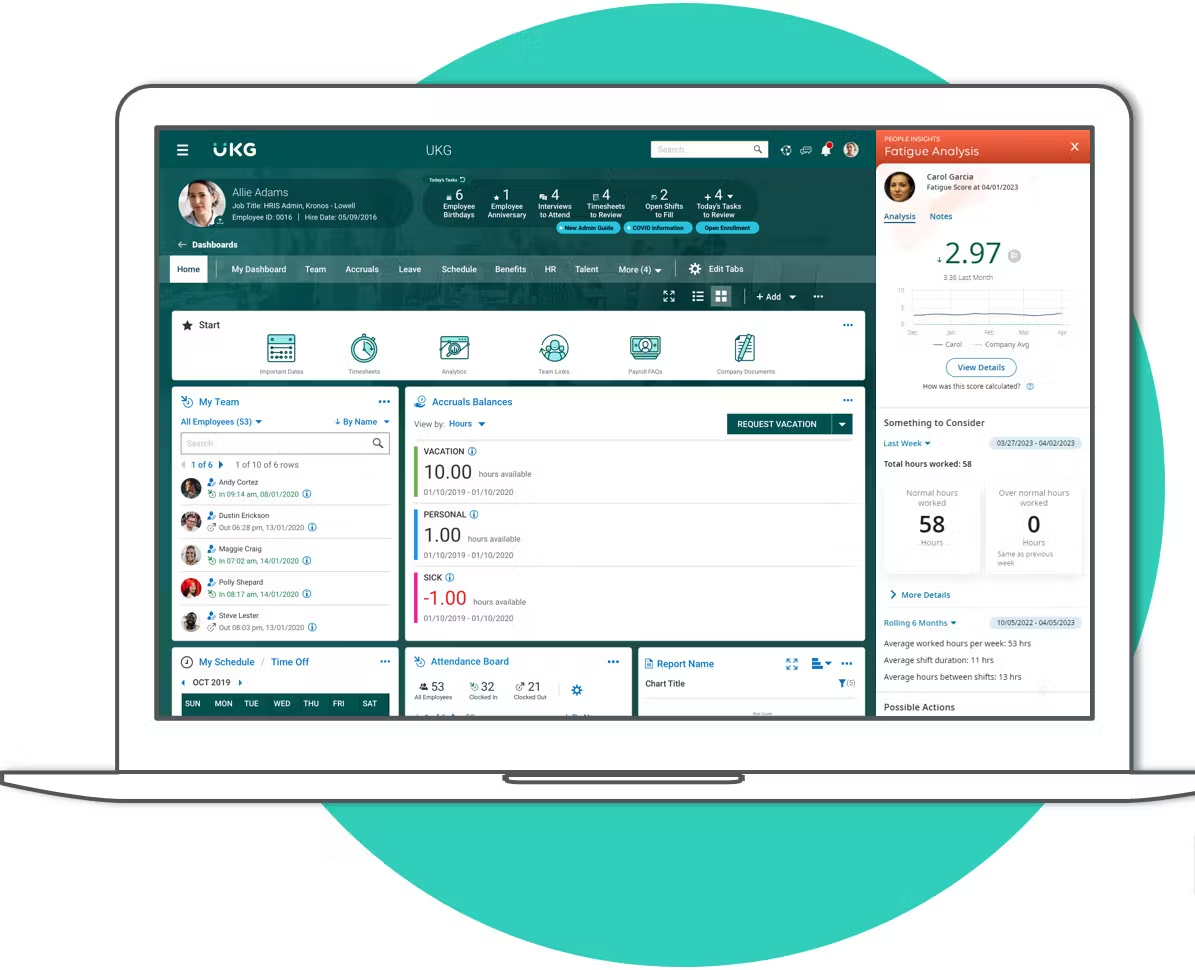Key HR Trends in 2025 for Shift-Based Frontline Workforces in North America

Key HR Trends in 2025 for Shift-Based Frontline Workforces in North America
In 2025, shift-based frontline workforces continue to be a critical part of industries like retail, healthcare, manufacturing, and logistics. As employers navigate evolving challenges, human resources (HR) practices are adapting to meet the unique needs of this segment. Here are the top HR trends shaping the landscape for employers with frontline teams.



1. Embracing Flexible Scheduling Powered by AI
Frontline workers increasingly prioritize flexibility in their work schedules. To address this, employers are turning to AI-driven scheduling tools. These systems analyze variables like employee preferences, peak demand hours, and labor laws to create optimized schedules that benefit both employers and employees. By offering self-scheduling options and the ability to swap shifts easily through mobile apps, companies foster greater satisfaction and reduce absenteeism.
2. Prioritizing Mental Health and Well-Being
Post-pandemic, mental health remains a pressing issue, especially for frontline workers exposed to high-pressure environments. In 2025, employers are investing in mental health support through employee assistance programs (EAPs), wellness apps, and on-site counselors. Flexible paid time off (PTO) policies and mindfulness initiatives are gaining traction as companies recognize the direct link between worker well-being and productivity.

3. Upskilling for the Future
As automation and technology reshape industries, upskilling has become a strategic imperative. Employers are offering microlearning modules, on-the-job training, and certification programs tailored for frontline roles. These efforts not only improve job performance but also foster loyalty, as employees see clear pathways for growth within the organization.
4. Enhanced Communication Through Technology
Clear communication is vital for shift-based teams, many of whom work on dispersed schedules. In 2025, companies are adopting mobile-first platforms for real-time updates, shift notifications, and feedback collection. These tools bridge gaps between employees and management, ensuring everyone stays informed and engaged, regardless of their physical location.
5. Focus on Diversity, Equity, and Inclusion (DEI)
DEI initiatives are evolving to include frontline workers, who are often overlooked in broader organizational strategies. Employers are implementing inclusive hiring practices, providing cultural competency training, and creating employee resource groups (ERGs) tailored to the frontline workforce. By fostering a culture of belonging, companies can improve retention and employee morale.



6. Retention Through Employee Experience (EX)
High turnover rates among frontline workers remain a challenge. In 2025, employers are focusing on enhancing the overall employee experience by addressing pain points like poor onboarding processes, inflexible benefits programs, and limited growth opportunities. Personalized recognition programs, commuter benefits programs, and gamification of tasks are being used to create a more engaging work environment.
7. Strengthened Compliance and Safety Protocols
With evolving regulations around labor rights, safety, and health standards, compliance is more critical than ever. Companies are leveraging technology to ensure adherence to labor laws, track certifications, and provide safety training. Enhanced reporting tools allow HR teams to monitor trends and proactively address compliance risks.
8. Sustainability as a Workforce Priority
Sustainability is emerging as a priority for both employers and employees. Companies are adopting eco-friendly workplace practices, reducing waste in operations, and offering volunteer opportunities tied to environmental causes. These initiatives resonate with frontline workers who increasingly seek alignment with companies that share their values.

Conclusion
In 2025, HR strategies for shift-based frontline workers in North America will continue to evolve, driven by advancements in technology, a greater focus on well-being, and the need for inclusivity. Employers who adapt to these trends are more likely to attract, retain, and empower their frontline teams, setting the stage for long-term success. By investing in their people, companies can turn challenges into opportunities in the ever-changing labor landscape.
